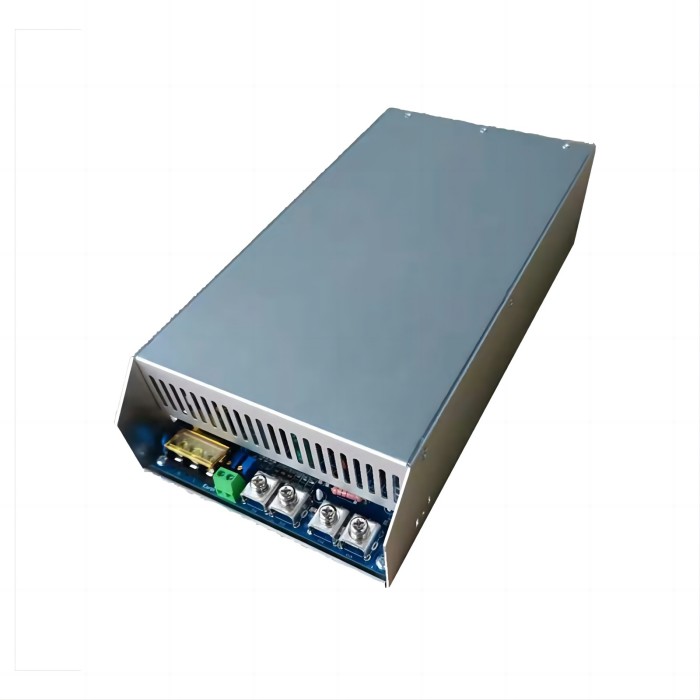High power supplies have the advantages of high efficiency, high reliability, high power density, good dynamic performance, intelligent control, wide input voltage range, low noise and low electromagnetic interference, as well as scalability and flexibility. These advantages make high-power power supplies widely used in power electronics, industrial automation, new energy and other fields.
1. High efficiency and energy saving:
High power supplies usually adopt advanced power conversion technology and efficient circuit design, which can achieve high energy conversion efficiency, reduce energy loss, and thus reduce energy consumption. This is especially important for high-energy consumption equipment that needs to run for a long time, which can effectively reduce operating costs.
2. High reliability and stability:
High power supplies usually have high-quality components and precise manufacturing processes to ensure the stability and reliability of the power supply. At the same time, they are also equipped with perfect protection mechanisms such as overcurrent, overvoltage, overheating and other protections to ensure that the equipment can operate safely under abnormal conditions.
3. High power density:
High power supplies tend to have higher power density, which means that they can provide greater output power at the same volume or weight. This is an important advantage for equipment with limited space or requiring compact design.
4. Good dynamic performance:
High power supplies have fast response and regulation capabilities, and can quickly adjust the output voltage and current when the load changes to meet the power demand of the equipment. This is essential for equipment and systems that require high-precision power supply.
5. Intelligent control:
Modern high power supplies are usually equipped with intelligent control functions such as remote monitoring, fault diagnosis, automatic adjustment, etc. These functions make the management of power supplies more convenient and efficient, reduce maintenance costs, and improve the use efficiency of equipment.
6. Wide input voltage range:
High power supplies usually have a wide input voltage range, which can adapt to the differences in grid voltages in different countries and regions. This makes the power supply more adaptable and versatile and can be used worldwide.
7. Low noise and low electromagnetic interference:
High power supplies focus on reducing noise and electromagnetic interference during design and manufacturing. They use measures such as low-noise fans, optimized circuit layout and shielding technology to ensure that the noise and electromagnetic interference generated by the power supply during operation are as low as possible, thereby reducing the impact on the surrounding environment and equipment.
8. Scalability and flexibility:
High power supplies usually have a modular design, and different numbers and types of modules can be flexibly configured as needed to meet the power needs of different application scenarios. This scalability and flexibility make the power supply more adaptable and flexible, and can adapt to various complex application scenarios.
